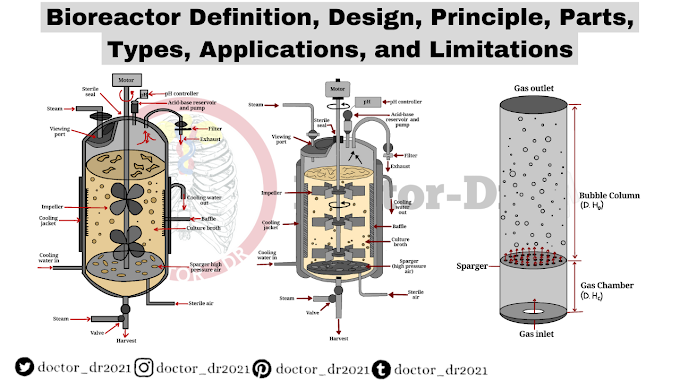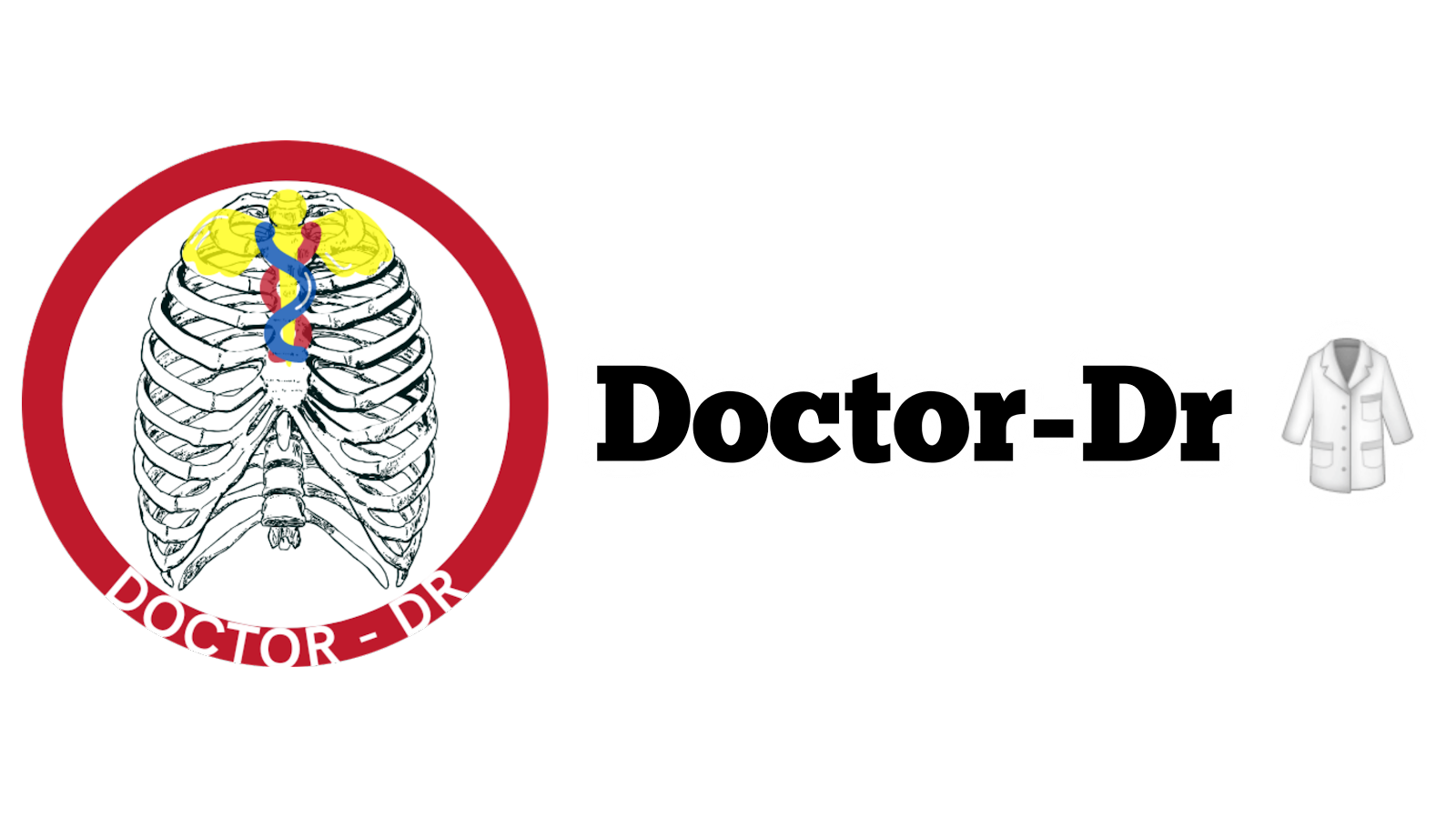Welcome to an exciting journey into the microscopic world of DNA and molecular biology! In this article, we'll explore the fascinating process of Polymerase Chain Reaction (PCR), a revolutionary technique that has transformed genetic research and diagnostics. Whether you are a student, researcher, or simply curious about how scientists amplify tiny amounts of DNA, this guide will break down the essentials in a clear, straightforward way.
Understanding DNA: The Blueprint of Life
Our DNA is a marvel of biological engineering, containing an immense amount of information tightly packed inside the nucleus of every cell. Structurally, DNA is composed of two strands twisted into a double helix. Each strand is a chain of nucleotides, the fundamental "letters" of genetic code.
Each nucleotide consists of three parts: a sugar called deoxyribose, a phosphate group, and one of four nitrogenous bases—adenine (A), cytosine (C), guanine (G), or thymine (T). These bases pair specifically through hydrogen bonds: adenine pairs with thymine via two hydrogen bonds, and cytosine pairs with guanine via three.
Importantly, the two DNA strands run in opposite directions, described as 3' to 5' and 5' to 3' orientations. Think of them as two intertwined snakes coiled together but slithering in opposite directions. This complementary and antiparallel nature is critical for DNA replication and PCR.
What is PCR and Why Is It Important?
Polymerase Chain Reaction (PCR) is a molecular biology technique used to amplify specific segments of DNA. Imagine starting with just one tiny copy of a DNA fragment—far too little to analyze directly. PCR multiplies this fragment exponentially, producing millions or even billions of copies, making it much easier to study.
PCR mimics the natural DNA replication process that occurs in cells before they divide, but it does so in a controlled laboratory environment using specialized equipment and reagents.
The Ingredients and Equipment Behind PCR
The heart of PCR is a device called a thermal cycler. This machine precisely changes temperatures to facilitate the different steps of the reaction. Inside the thermal cycler, a mixture known as the PCR solution contains:
- Template DNA: The DNA segment to be amplified.
- Taq Polymerase: A heat-resistant enzyme that synthesizes new DNA strands.
- Primers: Short pieces of single-stranded DNA that bind to specific sequences on the template.
- Free nucleotides: The building blocks (A, T, C, G) used to make new strands.
The Three Main Steps of PCR
PCR involves repeating three temperature-dependent steps in cycles: denaturation, annealing, and extension.
1. Denaturation
The reaction mixture is heated to around 96°C—almost boiling—to break the hydrogen bonds between the two DNA strands. This separates the double helix into two single strands, each serving as a template for new DNA synthesis.
2. Annealing
The temperature is lowered to approximately 55°C, allowing primers to bind or "anneal" to their complementary sequences on the single-stranded DNA. These primers define the start and end points of the DNA segment to be amplified.
3. Extension
At about 72°C, the optimal temperature for Taq polymerase, the enzyme attaches to the primers and begins adding free nucleotides to build new complementary strands. Thanks to its origin from the heat-loving bacterium Thermus aquaticus, Taq polymerase withstands the high temperatures used in PCR cycles.
Exponential Amplification: Doubling DNA Every Cycle
Each PCR cycle doubles the amount of DNA. Starting with one double-stranded molecule, after the first cycle, there are two; after the second, four; then eight, sixteen, and so on. This exponential growth means that after about 40 cycles (which take roughly 6 hours), you can end up with over a trillion copies of the target DNA segment—an enormous increase from the initial amount.
Real-World Application: Detecting Viral RNA with RT-PCR
PCR isn't limited to DNA; it can also be adapted to detect RNA viruses such as SARS-CoV-2, the virus responsible for COVID-19. Since PCR requires DNA, a special variation called Reverse Transcriptase PCR (RT-PCR) is used.
RT-PCR starts with viral RNA extracted from patient samples, commonly collected via a nasopharyngeal swab. This RNA is then converted into complementary DNA (cDNA) using an enzyme called reverse transcriptase. Once the cDNA is synthesized, the standard PCR process amplifies it.
Because RNA contains uracil (U) instead of thymine (T), the primers and enzymes are designed to recognize these differences. If viral RNA is present in the sample, RT-PCR amplification produces detectable DNA, confirming infection.
Summary: Unlocking the Secrets of DNA with PCR
To recap, PCR is a powerful technique that allows scientists to amplify specific DNA sequences exponentially. By cycling through denaturation, annealing, and extension steps using a thermal cycler, Taq polymerase, primers, and nucleotides, PCR turns minuscule amounts of DNA into quantities sufficient for detailed analysis.
Moreover, adaptations like RT-PCR have made it indispensable in modern diagnostics, especially for detecting RNA viruses. Understanding PCR not only reveals the elegance of molecular biology but also highlights the incredible tools scientists use to explore and manipulate the building blocks of life.
Whether you are diving into microbiology, genetics, or medical diagnostics, mastering the basics of PCR opens doors to countless scientific discoveries and innovations.



~1.webp)




